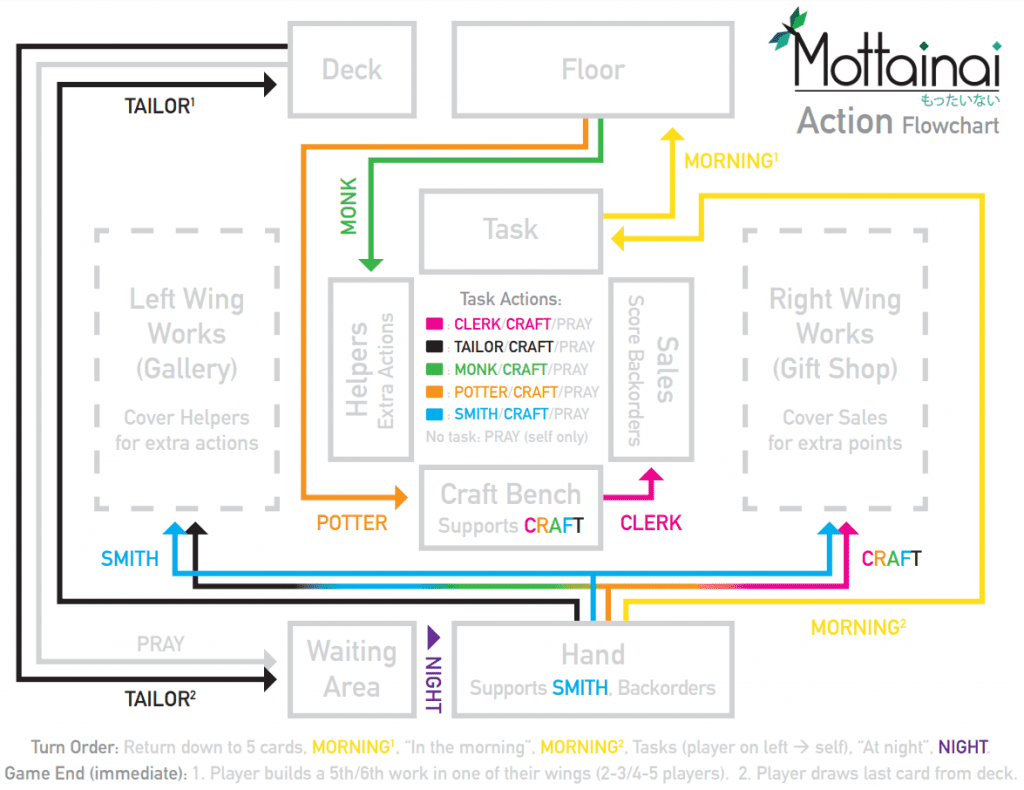Board games can be hard. Sure, we take it in stride. But how many other hobbies ask you to take a reading comprehension exam before moving onto an oral presentation, all for some good fun? In today’s Top 6, we take a look at those sneaky games that seem like they should be easy to teach… until, to your horror, it all falls apart.
1. Hidden information games.
Picture this: you’re three rounds into a game of The Resistance with your extended family. For some people this may already be a nightmare, but things haven’t really gone south until Uncle Bob perks up and asks: “Say, what does my red card do again?”

Volunteering to teach a hidden information game is an act of confidence. How sure are you that your instructions will be so good that nobody has to ask? Given how perfect-for-parties social deduction games can be, it’s a tricky balancing act: they would love this. But will they get it?
2. Games with deceptively playful themes.
With some board games, one look at the box will tell you everything you need to know. How likely is it that Advanced Civilization is going to be a walk in the park? But not every game is so easy to read. And when your kid cousin grabs Dungeon Petz to ask for a quick game, you’re in for a rough time.
Some games have just the right cocktail of cute art and funny ideas to seduce exactly the wrong crowd. Who would have guessed that a game like Galaxy Trucker would leave your fun little ship in a dozen pieces scattered through space? Or that the calming sea life of Reef Encounter could get players scratching their heads with its Tigris & Euphrates-inspired subtlety? Then there’s the conundrum faced by the bizarrely complex psychedelic trip The Mushroom Eaters— a game so complicated that the designer has left a warning for any would-be psychonauts:

Maybe the creators of these games have made a mistake choosing to nestle their complex mechanics in themes so far off the beaten track. But there’s something to be said for diversity. Perhaps there’s some level of poetry to the whimsical theme getting a revving engine behind it. Either way, I do know one thing: if you underestimate Prêt-à-Porter because it’s about fashion… well, I think you deserve what you have coming to you.
3. Games with multi-use components.
This is a simple card game, right? Right, Carl Chudyk? Sometimes things aren’t as simple as they seem.
When learning a new game, we humans like to make neat little categories to remember where things go and where they come from. Wood is used for roads and settlements– it comes from the forest. Brick is used for roads and settlements– it comes from the brickyard. Stone is used for cities and development cards– it comes from the quarry. But what happens when things aren’t so straightforward?
Let’s look at the game Mottainai. Mottainai is a little deck of cards and a mat for each player. The cards come in one of five colours, and every turn, you play one of them. Many users have constructed helpful aids for what a turn of Mottainai looks like. Here is one of them:

4. Games with a lot of tiny rules.
Have you ever caught yourself saying “this one’s pretty easy to learn”… until you realize it’s not? There’s nothing quite as demoralizing as the moment when, teaching a game, you realize just how many times you’ve said “oh, one more thing…”
Some games are built like a sports car. There’s a whole lot of engineering behind it, and everyone knows there’s plenty under the hood. But what about the tricked-out bicycles? Games built on such a simple idea that, knowing them, it seems obvious. But how much is really going on there? Do you even really know what a bicycle looks like?

When you sit your friends down for a game of Munchkin, the premise is simple. Flip a card, fight the monsters, level up. First to level 10 wins. But what happens when you don’t flip a monster? What’s the difference between my hand and the cards on the table? Why do I have a monster card in my hand? And what do you mean I can cheat as long as no one is looking?
There are hundreds of games that are less, shall we say, infamous, that face the same problem. Castles of Burgundy may be as simple as using your two dice to do four things, but what are all these buildings for? There’s a certain sinking feeling to that slow trickle of rules that seemed so easy from far away, but so much more involved when you take a closer look.
5. Highly asymmetric games.
So you’ve been at this for a while, and by now, you’re pretty good at teaching board games. Maybe you’ve even started teaching the tables you’re not playing with, teaching your friends at the other table how to play Terra Mystica and popping back in time to explain Terraforming Mars. But have you ever tried to teach the same group six different games at once?
One of the first truly asymmetric games has been around for decades: Dune made a splash in the seventies, pitting The Bene Gesserit against The Fremen and four other factions, all with their own unique powers. Sometimes this even meant different victory conditions.

Speaking from experience, the best way to teach this kind of game might be to give your friends homework. You learn your part, I’ll learn mine! But when your curious friend pulls Vast off the shelf with that look in her eye and says “I’ve heard of this one…”, you’d better be ready.
6. Games with super novel mechanics.
From where we stand today, deck builders are so common that you can probably list off a few in your head right now.

In short: novelty can be a delight, but it can also be an obstacle. It’s easier to learn something new when you can compare it something you already know. When your players are already spending a good chunk of brainpower discovering a completely new mechanic, they may only have so much bandwidth left to listen to the rest of the rules.
Closing Thoughts
Teaching games can be tricky. To be the game teacher is to promise an understanding, to read an audience, to trawl a memory, and to do it all without making anyone’s eyes glaze over. To teach a game well you must engage your audience. But I know you can do it. You got this far, didn’t you?











Add Comment